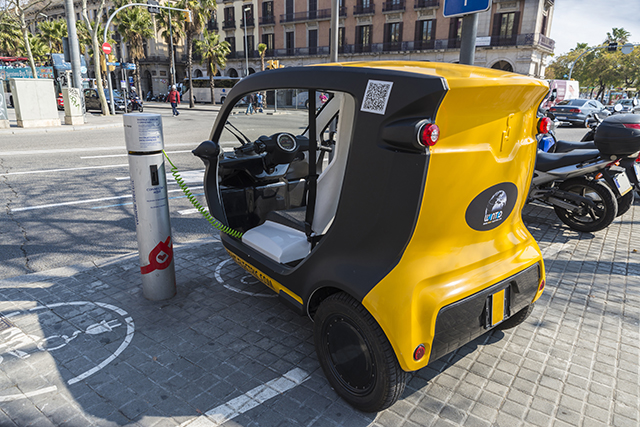New diesel engine boasts low consumption and high efficiency, decreasing emissions of contaminating particles by 80%
11/18/2020 / By Virgilio Marin

European researchers have developed an improved diesel engine that’s more eco-friendly and efficient than current models, paving the way for greener and fuel-efficient vehicles. During a project meeting held in Austria, the researchers said that the new engine uses less fuel and emits 80 percent fewer contaminating particles than the current legal limits.
Developing eco-friendly, efficient diesel engine
The DiePeR project was headed by Austrian automotive firm AVL and received funding from the European Union (EU)’s Horizon 2020 program, a research and innovation initiative. According to project coordinator Jesús Benajes of the Polytechnic University of Valencia (UPV), the objective of DiePeR was to search for the optimal combination of innovative concepts and existing technology in a bid to lessen noxious emissions and improve fuel consumption.
One of the main challenges in achieving this goal is optimizing the functioning of the engine’s components in different driving situations. Co-researcher Jaime Martín, Benajes’ colleague at UPV, explained that the post-treatment systems that lower particulate emissions are very sensitive to the temperature of exhaust gases, which varies considerably when driving in a city or on the motorway.
“We must ensure an optimal functioning of all the devices on any road, in any weather conditions and regardless of the type of driving,” said Martín.
The key, according to the researchers, was to use variable compression relations, improve thermal management and develop new particle filters. These are solutions that are available today and can be used in future medium and large-sized cars, as well as light commercial vehicles or vans, according to Benajes.
After applying these improvements, the researchers presented two new demonstrator vehicles during the final meeting of the project, with one prototype representing future passenger vehicles and another representing light commercial vehicles for transporting goods.
“Equipped with the motor developed in the framework of the project, they both confirm the good results of the research we have conducted, both as regards fuel and the decrease in particles smaller than 23 nanometres,” said Benajes.
The researchers said that the engine’s particulate emissions are more than 80 percent lower than the current emission standard. Under EU law, diesel engines used in both passenger and light commercial vehicles should have a particle count of no more than 600 trillion particles per kilometer.
Researchers develop emission-free engine
Another group of UPV researchers has recently developed an internal combustion engine that does not produce carbon dioxide or gases that are bad for the environment and human health, such as nitrogen oxides. The researchers made the engine using the mixed ionic-electronic conducting (MIEC) ceramic membranes patented by the Institute of Chemical Technology, a joint research center of the UPV and the Spanish National Research Council.
These MIEC ceramic membranes trap and liquefy carbon dioxide, producing only this gas and water that get stored in a pressure tank within the vehicle. With these components, the resulting engine has the autonomy and refueling capacity of a conventional engine but has the advantage of being clean.
While this “revolutionary” technology is primarily targeted for large passenger and cargo vehicles, such as planes, ships and trains, it can also be used to improve the diesel engines of smaller vehicles.
“In the case of smaller vehicles, it could also be applied by sequestering only part of the carbon dioxide in the exhaust,” said co-researcher Francisco José Arnau.
The team is now building a pair of models on a laboratory scale that may become available in the next few months, thanks to the financial support of the Valencian Agency for Innovation. The researchers are confident about their emission-free engine and boasted that this invention fulfills the emission standards scheduled to be implemented by 2040.
Inventions.news has more clean technology.
Sources include:
Submit a correction >>
Tagged Under:
breakthrough, carbon dioxide, cars, diesel engine, discoveries, eco-friendly, emission-free engine, environment, future tech, goodtech, green vehicles, innovation, internal combustion engine, inventions, nitrogen oxides, particulates
This article may contain statements that reflect the opinion of the author
RECENT NEWS & ARTICLES
COPYRIGHT © 2017 CLIMATE SCIENCE NEWS




















